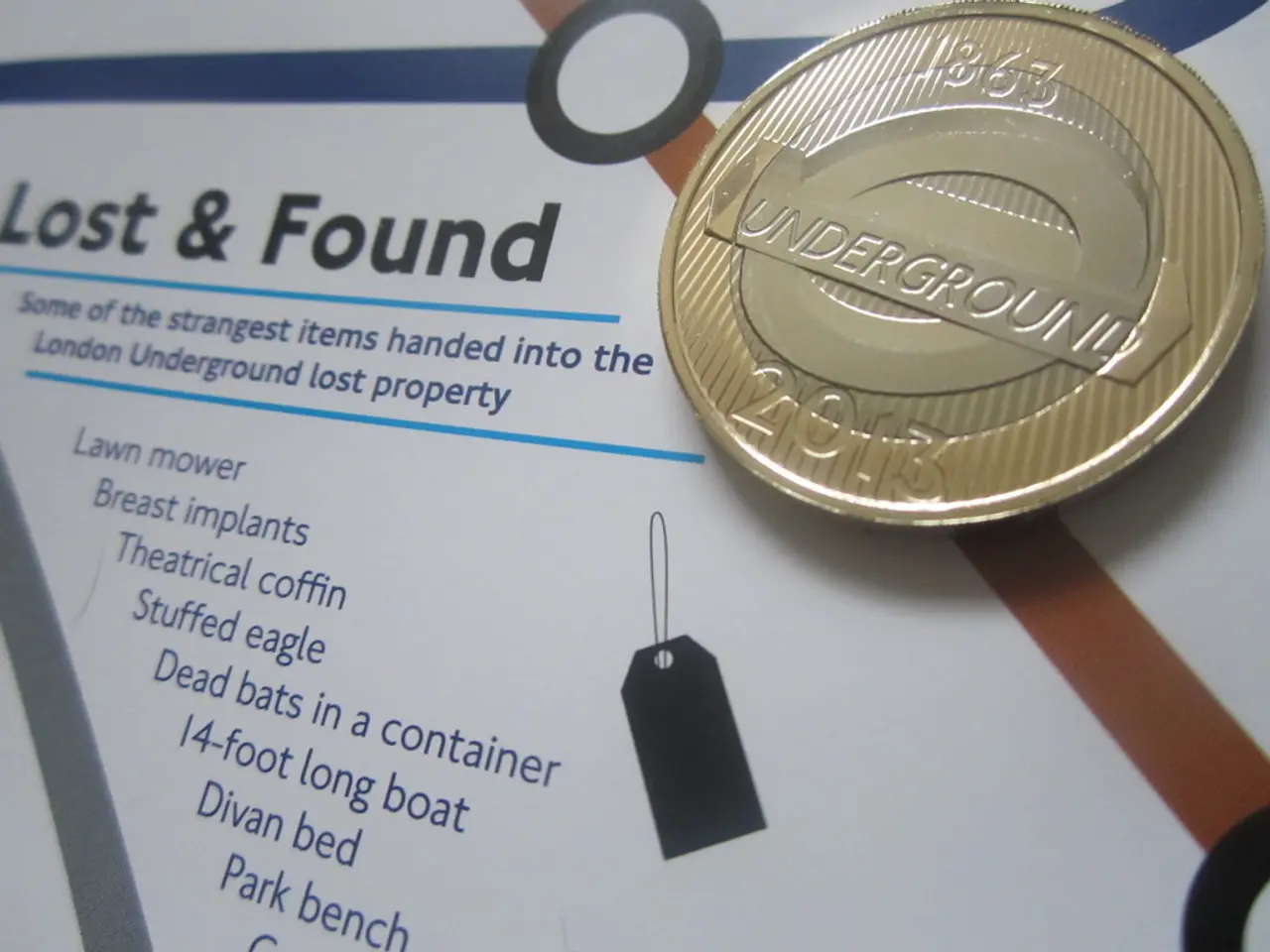AI integration in nuclear power plants - potential risks to consider
In a groundbreaking move, Westinghouse Electric and Google have joined forces to leverage artificial intelligence (AI) in transforming the construction and optimization of nuclear reactors. The collaboration, centred around Westinghouse's AP1000 modular reactors, aims to streamline the traditionally complex and slow reactor construction process.
At the heart of this initiative are Westinghouse's proprietary AI platforms, HiVE and bertha, which were introduced in September 2024. These AI tools, built on over 75 years of nuclear data and specialized engineering expertise, are integrated with Google Cloud technologies such as Vertex AI, Gemini, and BigQuery. Together with Westinghouse's WNEXUS digital plant design platform, they autonomously generate and optimize work packages for the AP1000 reactors, helping accelerate construction timelines while improving accuracy and safety.
The AI-driven construction optimization enables faster, more predictable construction by making AP1000 modular reactor builds more standardized and data-driven, thereby reducing delays and cost overruns. Beyond construction, the AI models provide advanced analytics and data-driven insights that help improve the performance, reliability, and cost-effectiveness of existing nuclear plants.
Westinghouse's interim CEO, Dan Sumner, emphasized that the AP1000 is the only fully licensed, construction-ready modular reactor available today, making this AI partnership a critical step in scaling affordable and abundant nuclear energy additions to the US grid.
The partnership also extends to the optimization of newer models like the AP300 small modular reactors and the eVinci microreactors, broadening the impact of this AI-driven approach. Notably, the eVinci reactor design, currently under development, is expected to generate 5 MW of power for eight years and is funded by the US Department of Energy.
However, it's worth noting that the AI solutions developed by Google and Westinghouse may require constant human checking to ensure they function correctly. Moreover, there is a risk that these AI solutions could get things wrong about 70 percent of the time.
In a separate development, Google has agreed to a $3 billion deal to supply up to 3,000 MW of hydroelectric power to the US grid from Brookfield Asset Management's Holtwood and Safe Harbor hydroelectric facilities in Pennsylvania. This move underscores Google's commitment to sustainable energy sources and its role in addressing the urgent need to add extra generating capacity to the US grid, driven by the increasing number of datacenters for AI development and training.
[1] Westinghouse Electric Company. (2024). Westinghouse and Google partner to use AI to transform nuclear reactor construction and optimization. Retrieved from https://www.westinghousenuclear.com/news-and-media/press-releases/westinghouse-and-google-partner-to-use-ai-to-transform-nuclear-reactor-construction-and-optimization
[3] Deloitte Insights. (2024). The future of energy: Powering AI datacenters. Retrieved from https://www2.deloitte.com/us/en/insights/topics/energy-utilities-resources/future-of-energy/ai-datacenters-energy-requirements.html
[5] Nuclear Energy Institute. (2024). AP1000. Retrieved from https://www.nei.org/resources-and-services/nuclear-power-information/nuclear-power-plant-information/ap1000
- The collaboration between Westinghouse Electric and Google involves integrating Google Cloud technologies like Vertex AI, Gemini, and BigQuery with Westinghouse's AI platforms, HiVE and bertha, for optimizing the construction of nuclear reactors.
- The AI tools developed by Westinghouse and Google, such as HiVE and bertha, are designed to work together with the WNEXUS digital plant design platform to generate and optimize work packages for the AP1000 modular reactors.
- The use of AI in the construction optimization of AP1000 modular reactors contributes to a more standardized, data-driven, and predictable construction process, thereby reducing delays and cost overruns.
- Google's commitment to sustainable energy is underscored by a $3 billion deal to supply hydroelectric power to the US grid from Brookfield Asset Management's facilities, addressing the need for extra generating capacity driven by the rise in datacenters for AI development and training.




